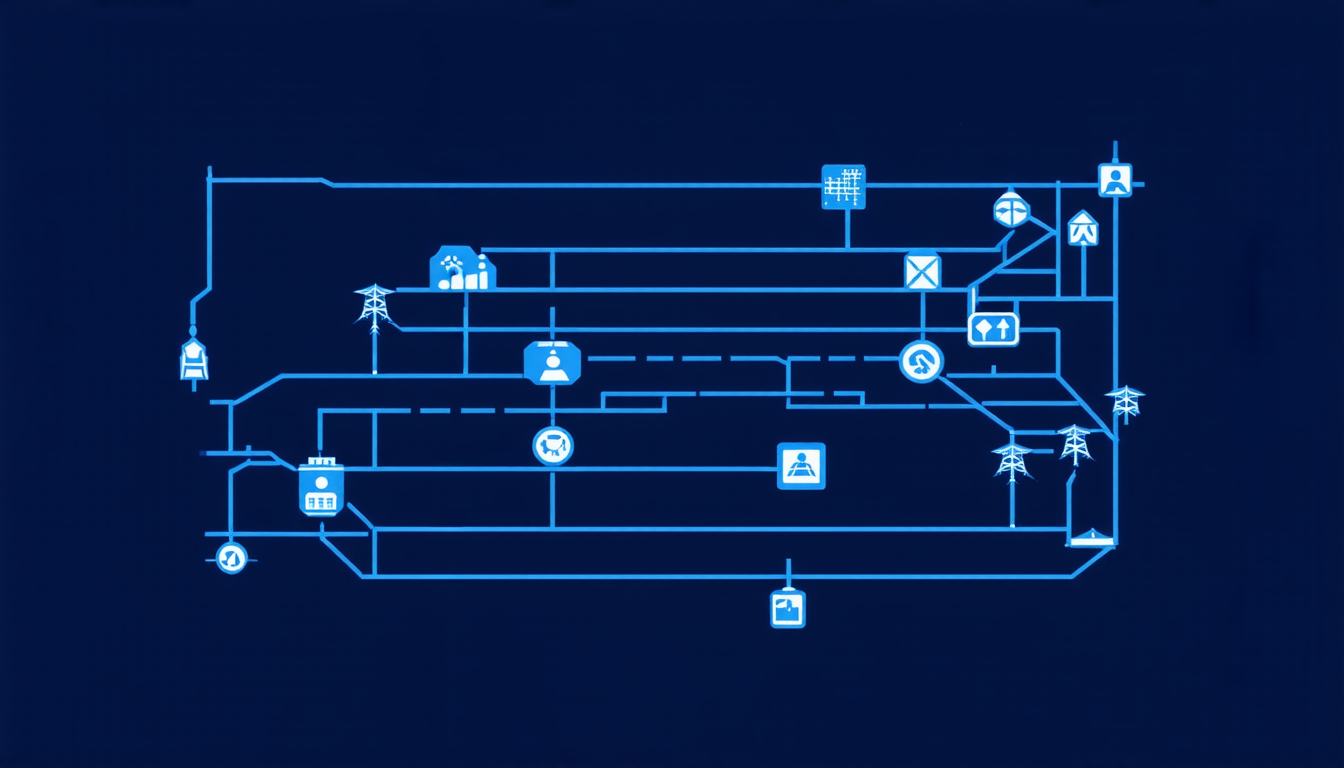Tuesday 29 July 2025
A team of researchers has made a breakthrough in developing a new system for detecting faults in power grids, which could have significant implications for the reliability and efficiency of our energy infrastructure.
The traditional method of fault detection involves monitoring voltage levels, but this approach can be limited by the complexity of modern power systems. The new system uses a technique called recursive ARX (rARX) to identify anomalies in the grid’s dynamics, allowing it to detect faults more quickly and accurately than current methods.
One of the key advantages of rARX is its ability to distinguish between different types of faults. For example, a high-impedance fault, which occurs when a conductor comes into contact with a short-but-high-resistance path to ground, can be difficult to detect using traditional methods. However, the new system is able to identify this type of fault by analyzing the specific parameters that are affected.
The researchers used simulations to test their system, and the results were promising. They found that the rARX algorithm was able to detect faults quickly and accurately, even in complex scenarios where multiple faults occurred simultaneously. The system also performed well when tested with different types of loads, such as motor starts and transformer reclosures.
The development of this new fault detection system has significant implications for the power industry. It could enable utilities to respond more quickly to faults, reducing the risk of widespread outages and improving overall grid reliability. Additionally, it could help to reduce maintenance costs by identifying potential problems before they become major issues.
The researchers are now planning to test their system in real-world scenarios, working with utility companies to deploy the technology in operational grids. If successful, this could be a major step forward in ensuring that our energy infrastructure is able to keep up with growing demand and evolving grid requirements.
The team’s work has shed new light on the possibilities of using advanced algorithms and simulations to improve the efficiency and reliability of power grids. As our reliance on renewable energy sources continues to grow, it is essential that we develop more sophisticated systems for managing and maintaining our energy infrastructure. This breakthrough could be a crucial step towards achieving a more sustainable and resilient energy future.
The researchers’ approach has been hailed as a significant advancement in the field, offering a new way of thinking about fault detection and diagnosis. As the power industry continues to evolve, it is likely that we will see more innovations like this emerging in the coming years.
Cite this article: “Breakthrough in Fault Detection Technology for Power Grids”, The Science Archive, 2025.
Power Grids, Fault Detection, Rarx, Recursive Arx, Anomaly Detection, Energy Infrastructure, Grid Reliability, Maintenance Costs, Renewable Energy, Advanced Algorithms, Simulations.







